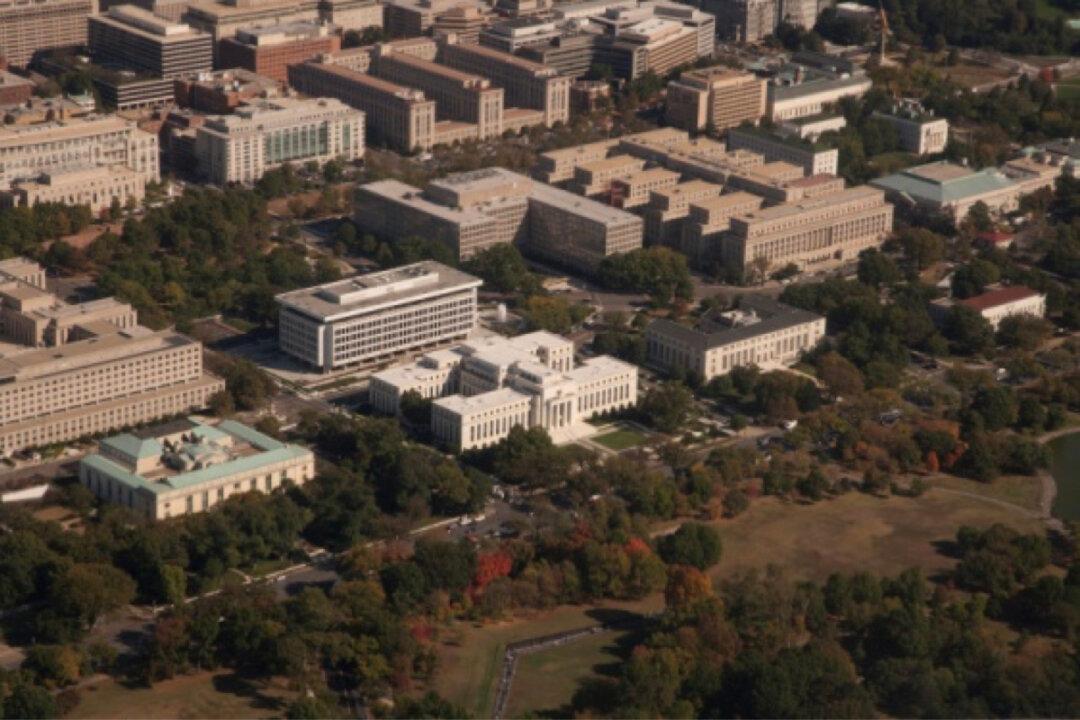Commentary
The independence of the Federal Reserve was never granted; rather, it was fought for. Although the first chairman of the Federal Reserve “System” Marriner Stoddard Eccles failed to fight for independence, his effort after demotion (from chairman to normal committee member) did reward his successors.





